-
{bachelor thesis}
{working time: september to december 2019}
-
The majority of ethical issues in design is from whom they are designing for, and the social and environmental impact behind the work they are creating. These aspects should be included in the designer’s ethical discussions as their self-reflective process.
A designer’s responsibility is to solve the client’s design problem while providing an ethical solution.
This thesis aims to explain the correlation of ethics in design, in the context of the relationship between the designer and the client; also to demonstrate that there is a need to educate the client about the importance of ethics in design.
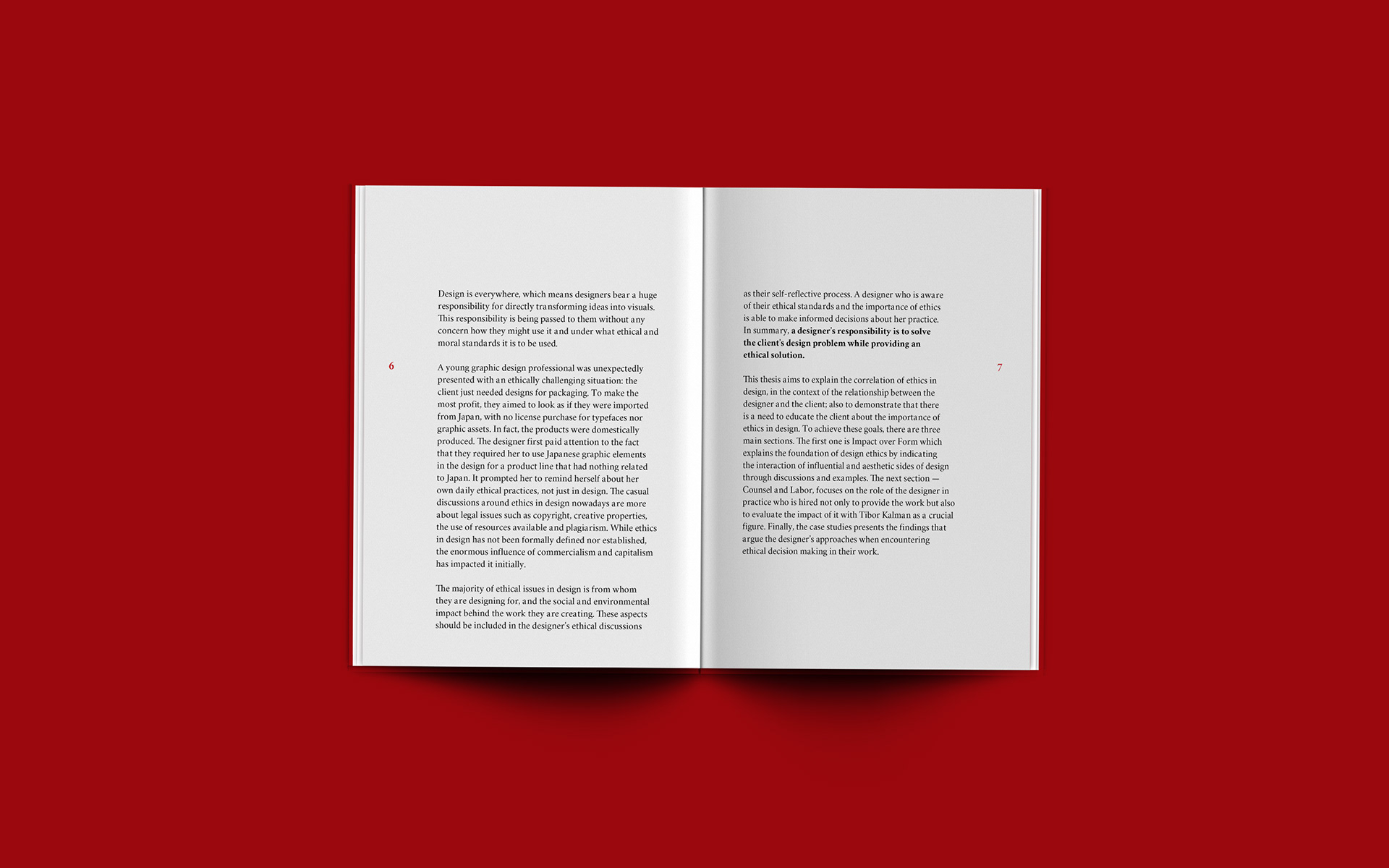
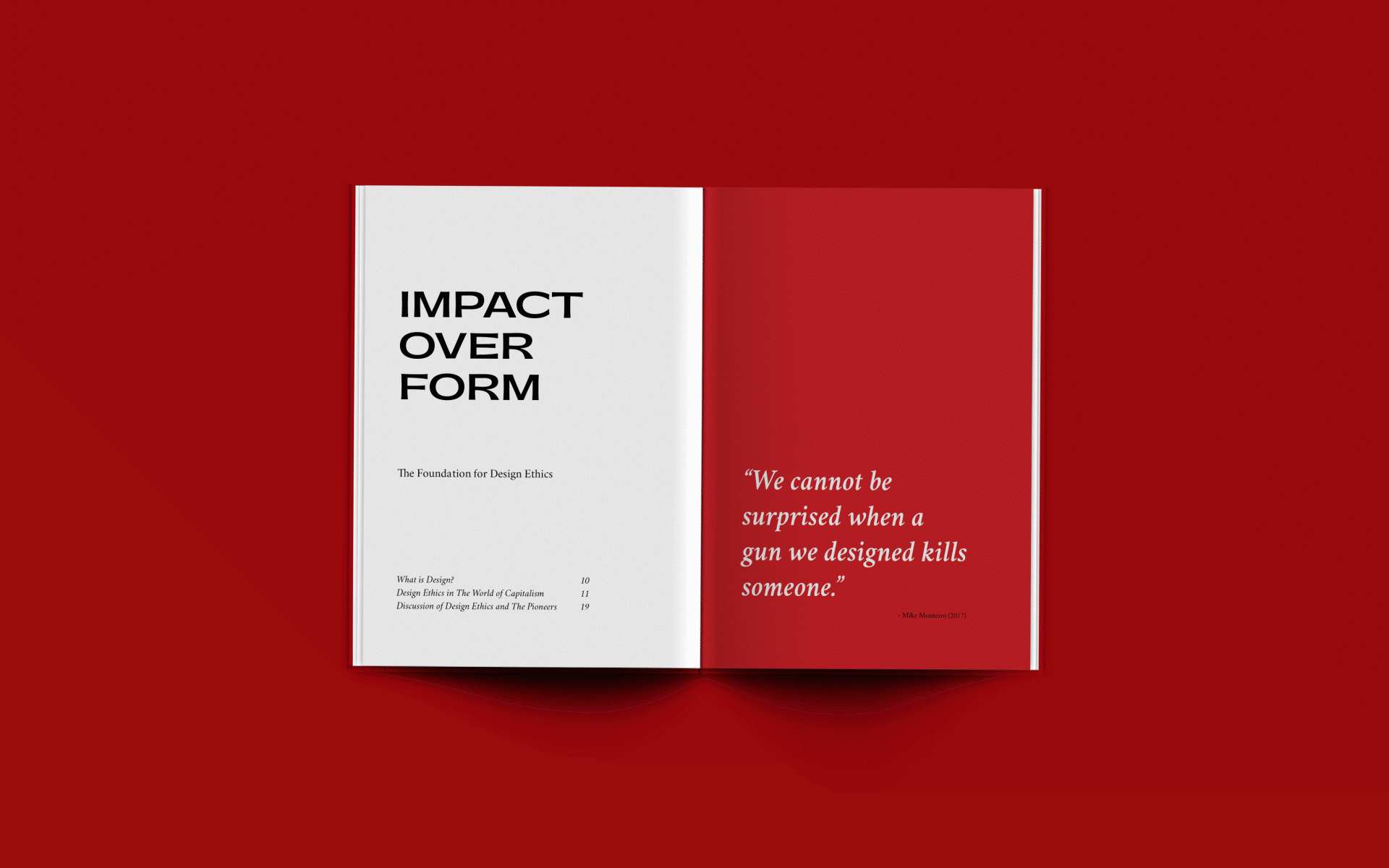

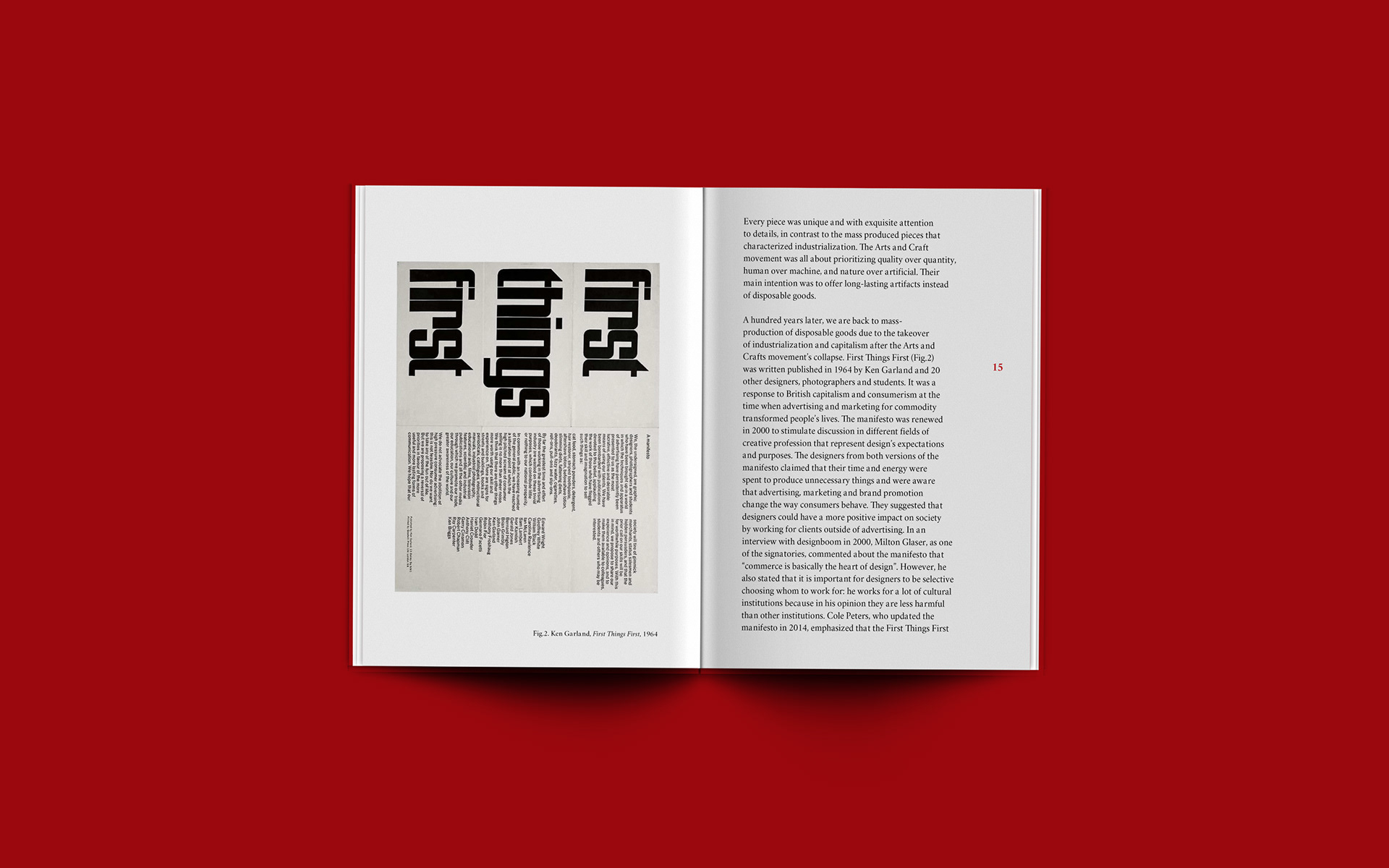
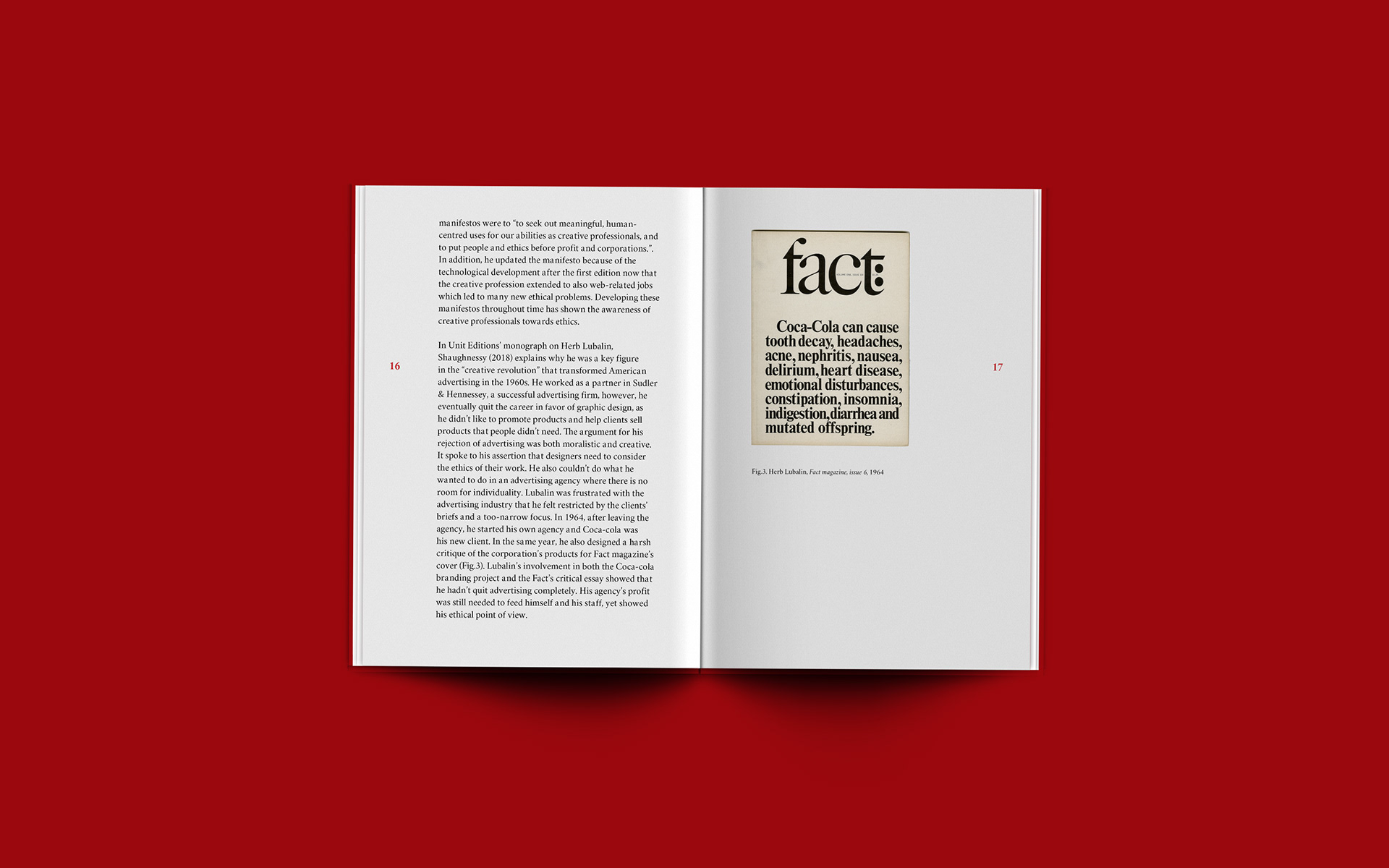
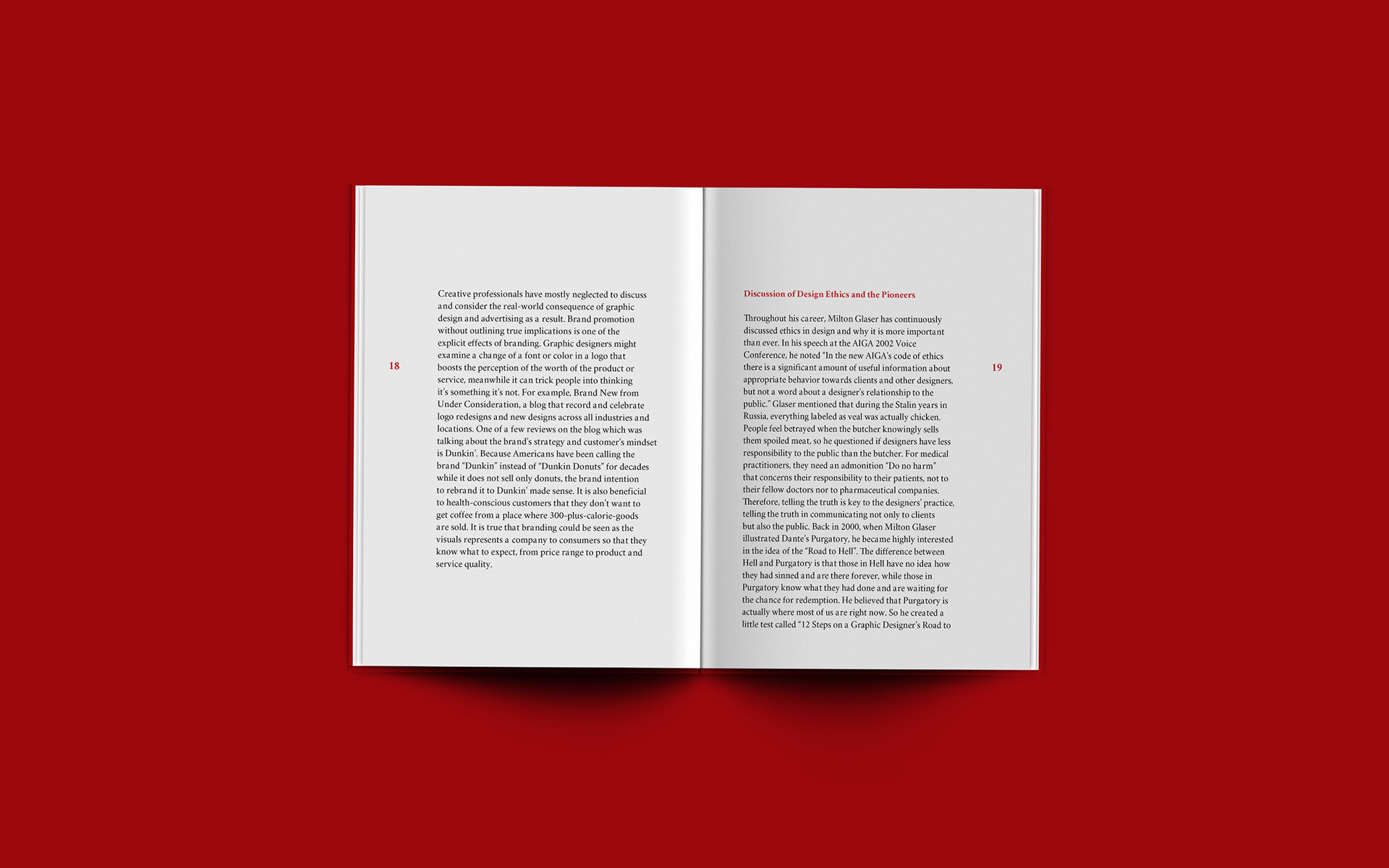
As an ethical summary, “You have to be careful of the consequences of what you do.”
The commandments from A Designer’s Code of Ethics” (2017) by Mike Monteiro include being human and socially aware, acknowledging the responsibility behind the artifacts they put out into the world, valuing impact over form and being critical and self-reflective about their practice. Also as a human being, we fail when we work for income disparity, thus as a designer. The designers have responsibility for the creation they bring into the world. “We cannot be surprised when a gun we designed kills someone.”

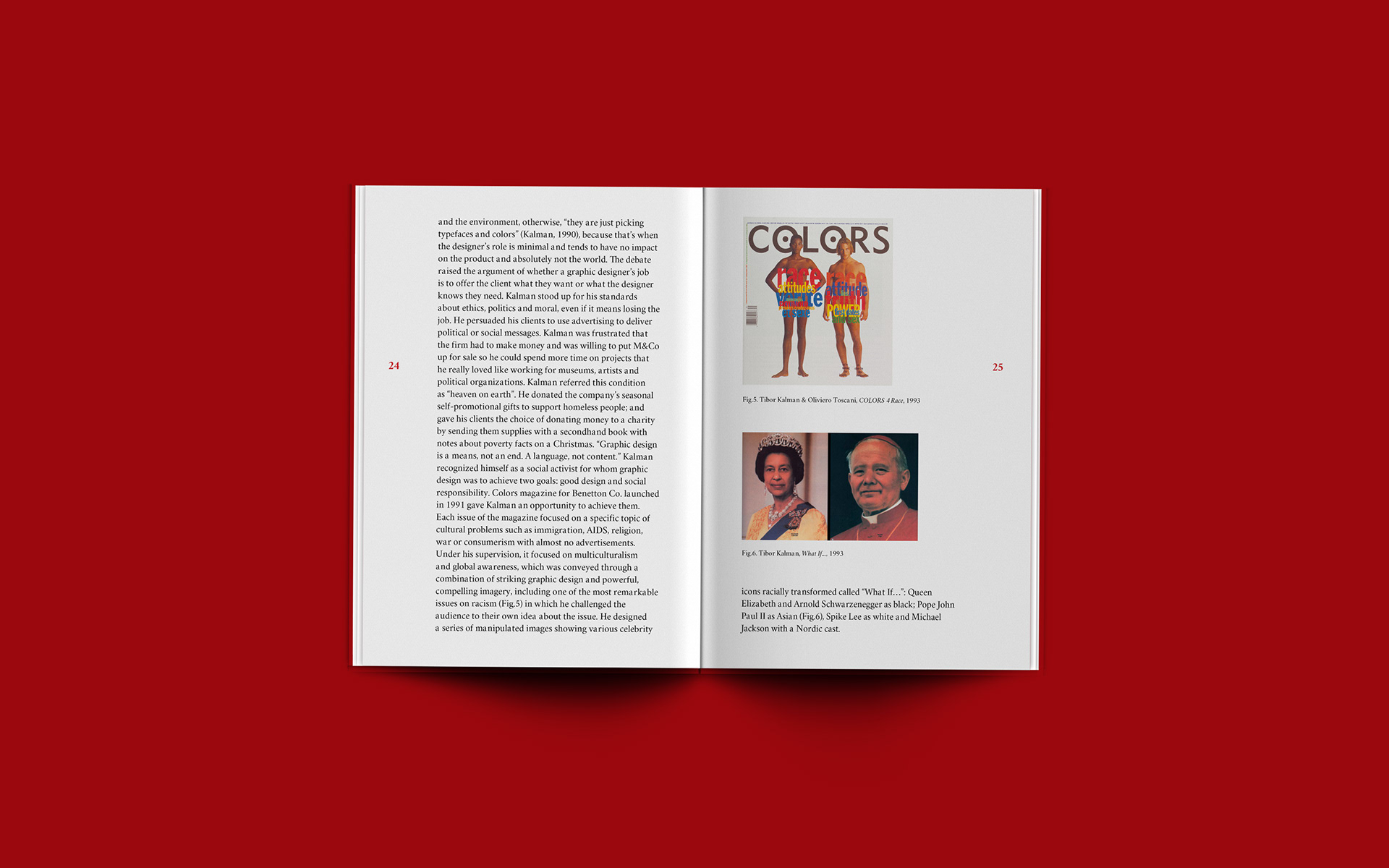
In the next chapter, the designers’ approaches on ethical decisions with clients are divided into three options: 1. to accept; 2. to quit; and 3. to respond. In choosing option 3, it is meant to follow up, raise questions, and suggest alternatives, which the following case studies and discussion will be found to somehow combine option 3 and option 2 later, meaning respond then quit the job.
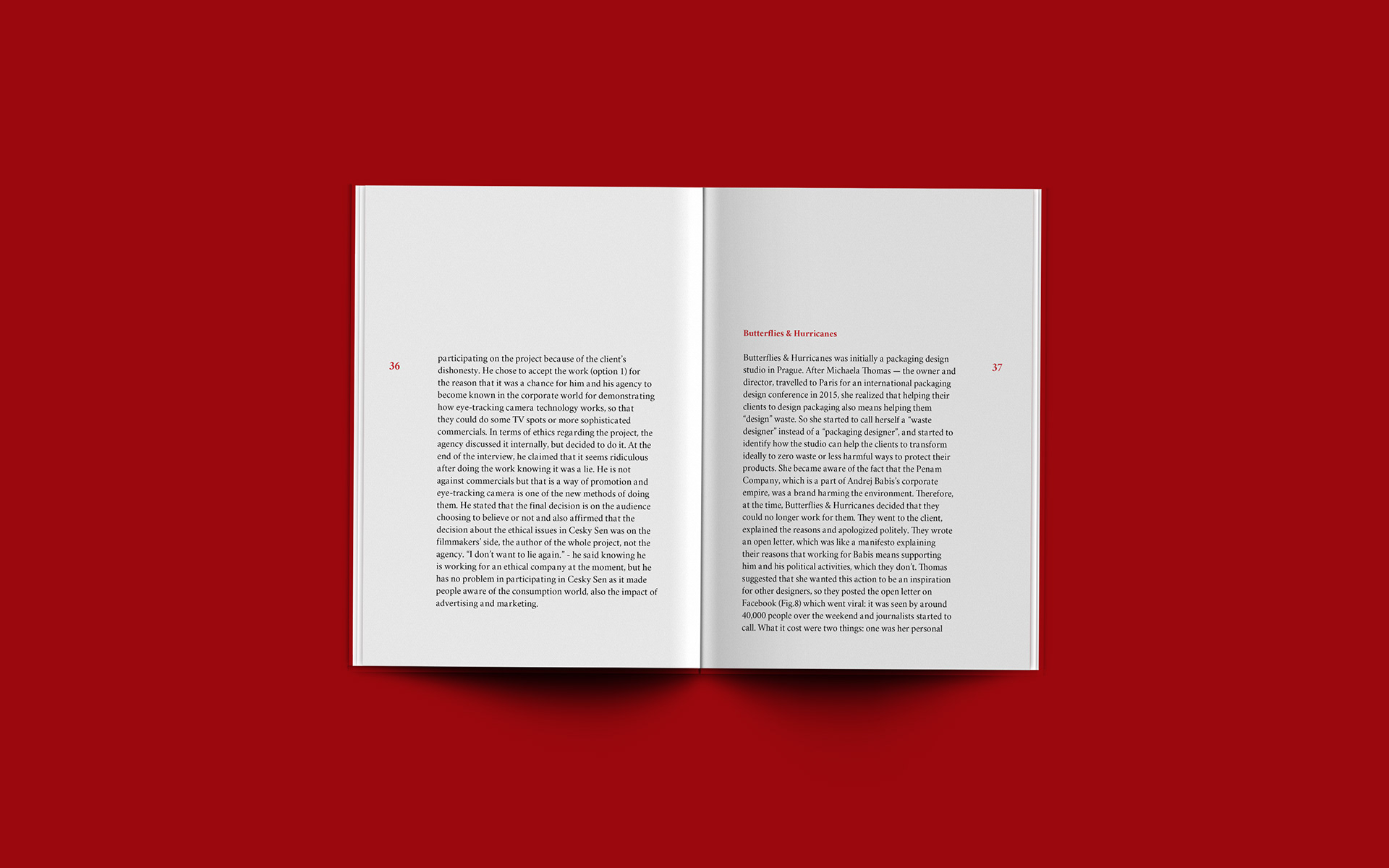

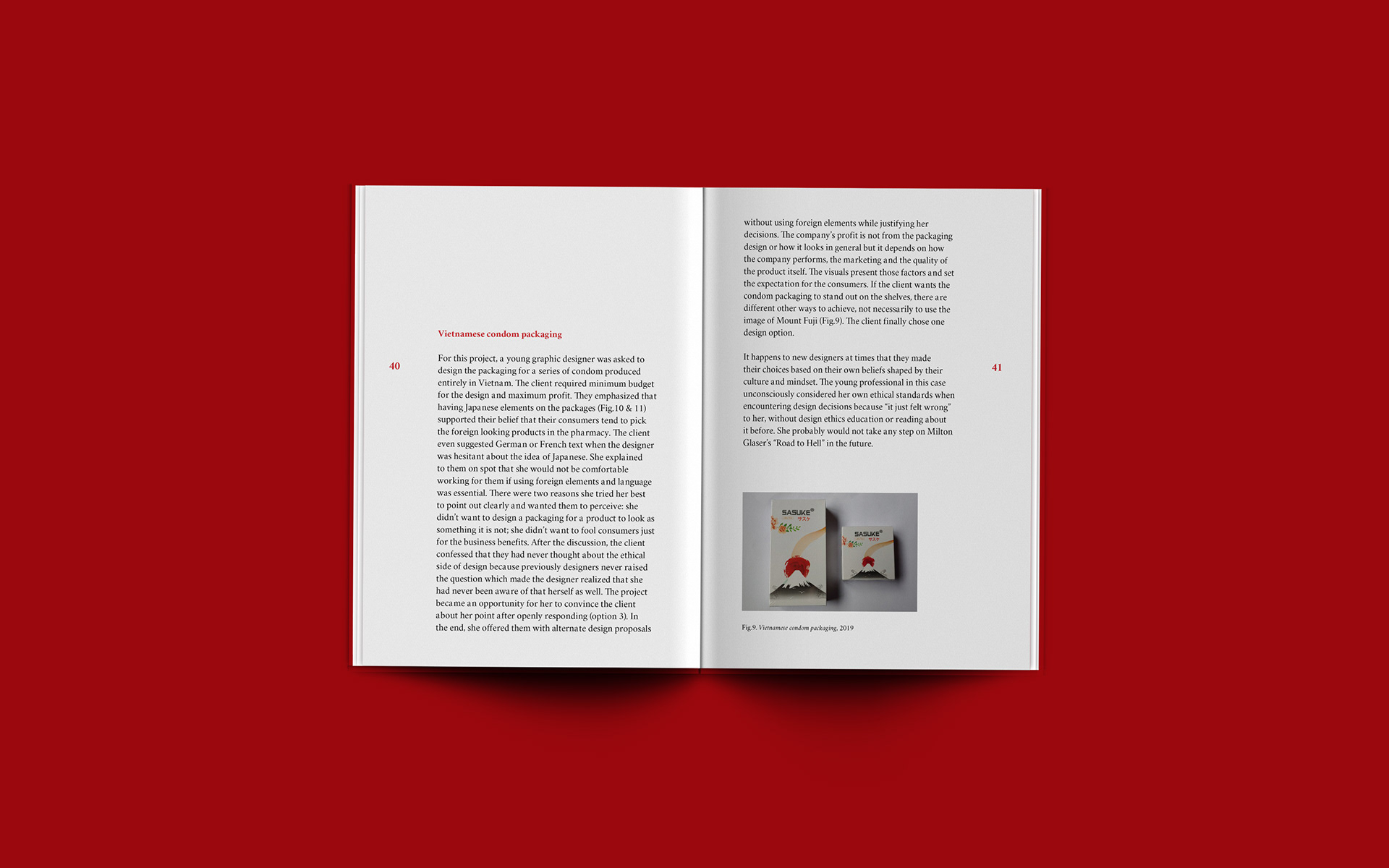
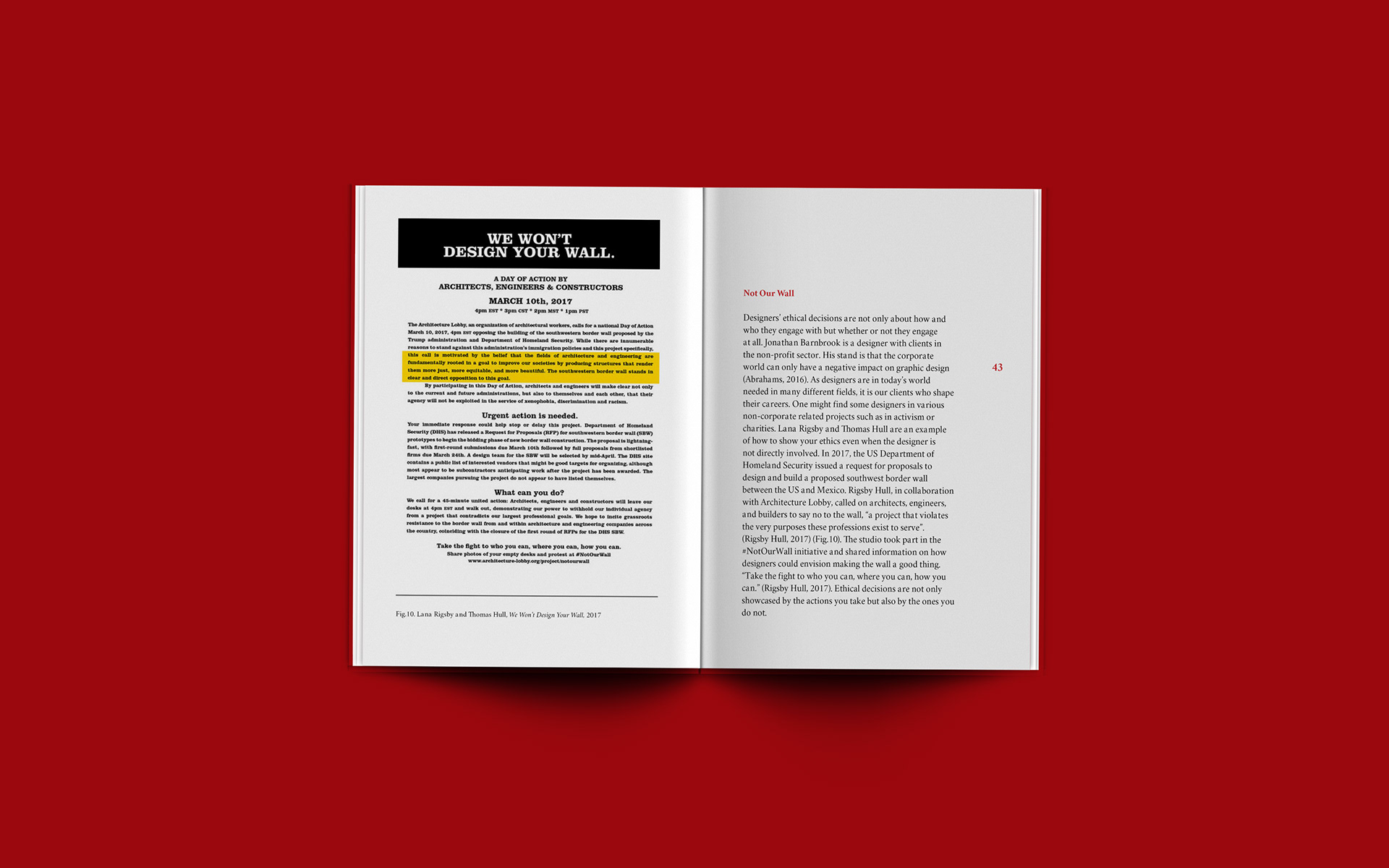
-
{thanks for watching}
